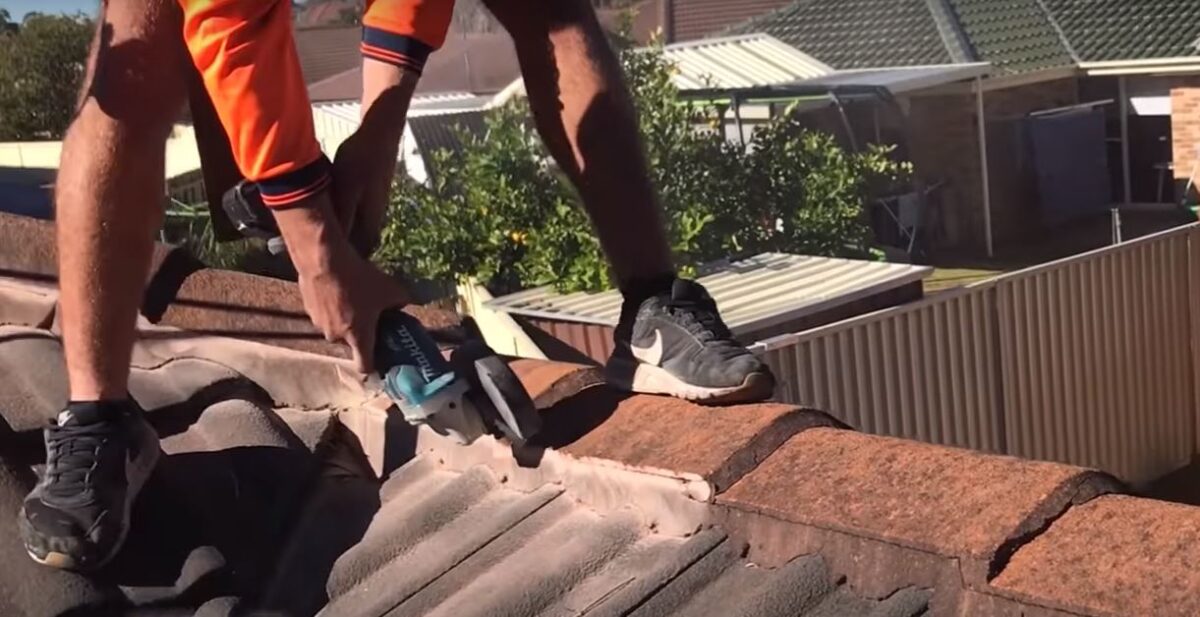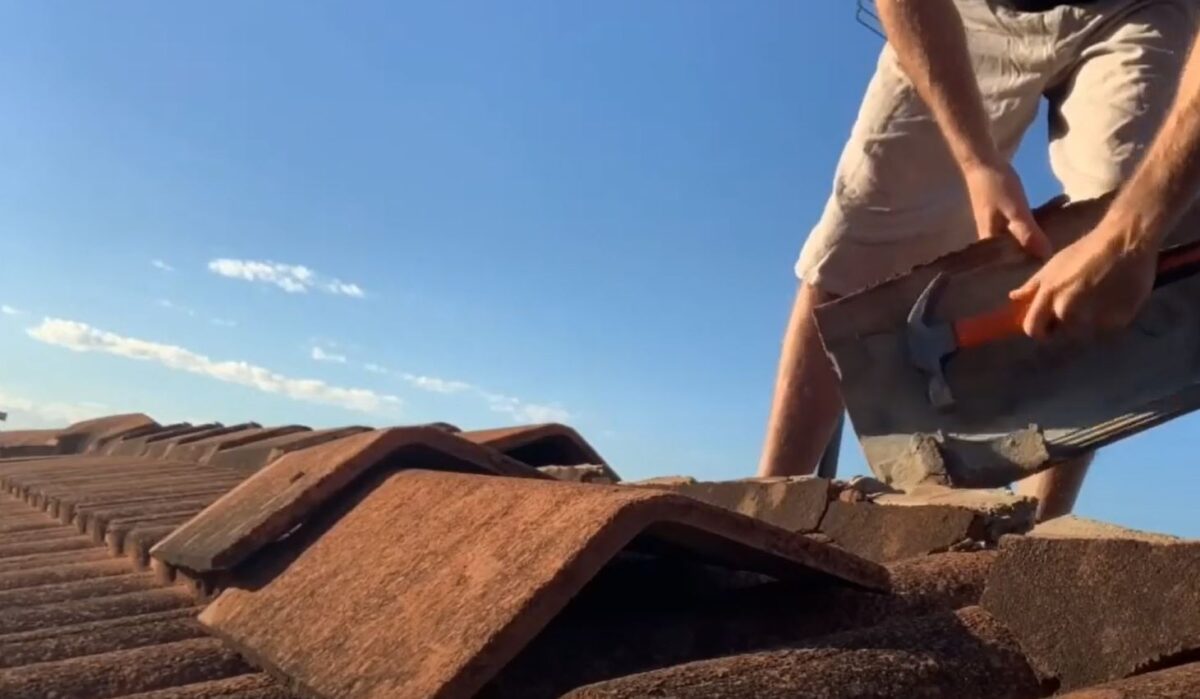The Lifespan of Roof Tiles in Auckland’s Diverse Climate
Auckland’s climate, stretching from the warmth of Manukau in the south to the coastal breezes of Devonport in the north, plays a significant role in the wear and tear of roof tiles. On average, well-maintained concrete roof tiles can last 50 years or more. However, the city’s frequent rain, coupled with coastal salt spray, can accelerate the ageing of tiles in some suburbs more than others.
Factors Affecting the Longevity of Roof Tiles
It’s not just the weather that affects your roof’s lifespan. Other considerations include:
- Material Quality: High-quality tiles, whether they’re made from concrete or terracotta, generally have a longer lifespan.
- Maintenance: Regular checks and immediate repairs can greatly extend the life of your tiles.
- Underlayment Wear: The tiles might seem fine, but if the underlayment is worn out, it could be time for a replacement.
- External Factors: Proximity to tall trees or areas with frequent bird activity can lead to quicker degradation.
Roofing Options and Pricing in Auckland
The cost of replacing roof tiles varies based on the material and the specific needs of the homeowner. Concrete tiles, popular for their durability and affordability, can range from $75 to $120 per square metre. Terracotta tiles, known for their aesthetic appeal, might set you back $110to $150 per square metre. Remember, prices can fluctuate based on the supplier and specific requirements of Auckland’s different suburbs.
Auckland Council Bylaw Considerations
Auckland Council stipulates specific guidelines when undertaking any major renovations, including roof replacements. It’s essential to check whether your project requires a building consent, especially if structural changes are involved. In heritage zones, such as Parnell and Ponsonby, there are additional considerations to maintain the historical integrity of the area.
Health and Safety: Not Just a Checkbox
When replacing roof tiles, one cannot stress enough the importance of adhering to Auckland’s strict health and safety requirements. Whether you’re a homeowner or a contractor, ensuring a safe environment is paramount. This includes using appropriate safety equipment, having safe access to the roof, and ensuring all work is undertaken under suitable weather conditions.
Is It Time for a Replacement?
While the age of your tiles is a primary factor, there are other signs that a replacement may be on the horizon:
- Visible Damage: Cracked, broken, or missing tiles need attention.
- Internal Leaks: Regular drips or stains on your ceiling are obvious indicators.
- Moss and Lichen Growth: While some homeowners feel it adds character, it can also be a sign of trapped moisture.
- Flaking or Powdering: If your tiles are shedding or turning to powder, it’s a sign they’re at the end of their life.
In Conclusion
So, how often should roof tiles be replaced? There’s no one-size-fits-all answer. However, understanding your roof, recognising the signs of ageing, and keeping abreast of Auckland’s unique requirements will keep your home safe and looking its best. Whether you’re nestled in a Devonport villa or enjoying the views from a Manukau bungalow, ensuring your roof is in top condition is an investment in your home’s future.
5 Common Mistakes Homeowners Make When Replacing Roof Tiles in Auckland
- Neglecting Regular Inspections: Many homeowners in Auckland wait until visible damage appears before checking their roof. Regular inspections can catch early signs of wear, allowing for timely repairs and potentially avoiding the need for a full replacement.
- Choosing the Cheapest Materials: While budgeting is essential, opting for the cheapest tiles can result in a less durable roof. It’s crucial to find a balance between cost and quality, especially considering Auckland’s varied climate.
- Ignoring Council Regulations: Some areas, especially heritage zones like Parnell, have specific regulations about renovations. Failing to adhere to Auckland Council bylaws can result in penalties, and in some cases, the redoing of the entire project.
- DIY Without Proper Knowledge: Roof replacement isn’t a simple DIY project. Homeowners who attempt to replace tiles without proper knowledge or equipment risk causing more damage and incurring additional costs. Moreover, there’s a risk of personal injury without adhering to strict health and safety guidelines.
- Failing to Consider Environmental Factors: Auckland’s unique coastal and rainy environment demands specific considerations. Not accounting for these factors, like using tiles ill-suited to salt spray or excessive moisture, can lead to premature wear and a shorter roof lifespan.
Frequently Asked Questions about Roof Tile Replacement in Auckland
How often do I need to replace my roof tiles in Auckland?
Roof tiles, depending on the material and the weather conditions they’re exposed to, generally last between 50-100 years. However, it’s essential to have regular inspections to identify any potential issues before they necessitate a full replacement.
Can I replace individual damaged tiles instead of the entire roof?
Absolutely! If the damage is confined to a few tiles, they can be replaced individually. This approach is cost-effective and prevents further issues, but it’s crucial to ensure that the replacement tiles are a match in terms of material and colour.
Are there specific tiles that best suit Auckland’s climate?
Given Auckland’s unique coastal and rainy environment, it’s advisable to opt for tiles known for their durability in such conditions. Terracotta and concrete tiles are popular choices because they are both durable and resistant to the effects of salt spray and excessive moisture.
Do I need council permission to replace my roof tiles?
For most roof replacements, homeowners will need to adhere to Auckland Council bylaws, especially if the property is located in a heritage zone. It’s always a good idea to check with the council before commencing any significant renovation or replacement work.
Key Takeaways
Tile Longevity:
Roof tiles typically last between 50-100 years, but their lifespan can be influenced by various factors like material quality and Auckland’s unique climate conditions. Regular inspections can help homeowners gauge the right time for replacements.
Localized Considerations:
Auckland’s coastal and rainy environment can significantly affect roof tile longevity. Choosing materials like terracotta and concrete, which are resistant to moisture and salt spray, can be beneficial for homes in the region.
Replacement Over Repair:
While replacing individual damaged tiles can be cost-effective in the short term, homeowners must ensure consistency in material and colour. Additionally, it’s essential to recognize when a complete roof replacement might be more beneficial in the long run.
Regulatory Adherence:
Homeowners in Auckland need to be mindful of local council bylaws, especially in specific zones like heritage areas. Consulting with the Auckland Council before embarking on significant roof work is crucial to avoid potential legal complications.
Common Mistakes: Many homeowners often neglect regular roof inspections, choose mismatched tile replacements, or fail to consider Auckland’s specific climate when choosing roofing materials. Being aware of these pitfalls can lead to better decision-making and longer-lasting roofing solutions.
References:
Auckland Council. (2020). Building and Construction Regulations. Auckland City Council Publications.
Smith, J. (2019). Auckland’s Climate and Building Materials. Auckland Construction Review, 23(4), 45-51.
New Zealand Roofing Association. (2018). The Guide to Roofing Materials in NZ. NZRA Publications.
O’Connor, L. (2017). Sustainability and Roofing: Choosing the Right Materials. Green Building Journal NZ, 12(2), 18-24.
Patterson, T. (2021). Roof Repairs and Replacements: A Comprehensive Guide. Auckland Builder’s Digest, 29(6), 33-40.
Brown, M. (2016). The Impact of Local Climate on Building Materials in Auckland. NZ Climate Research, 14(3), 10-16.

